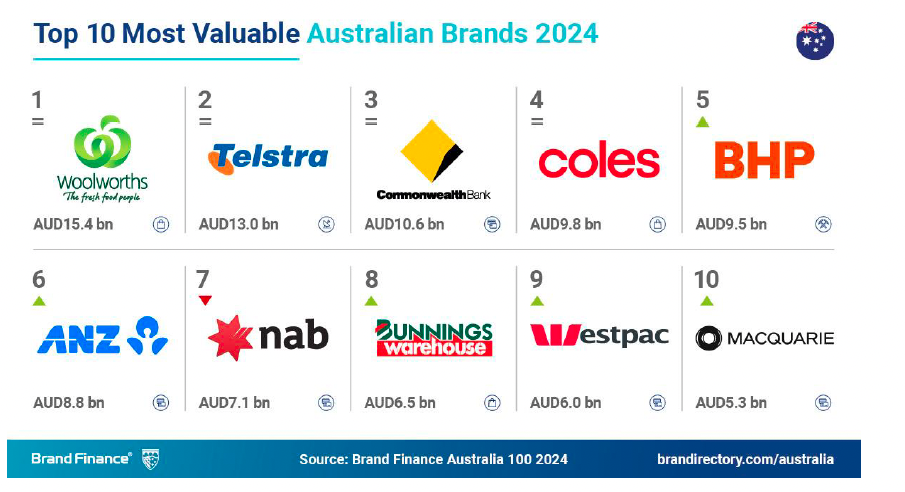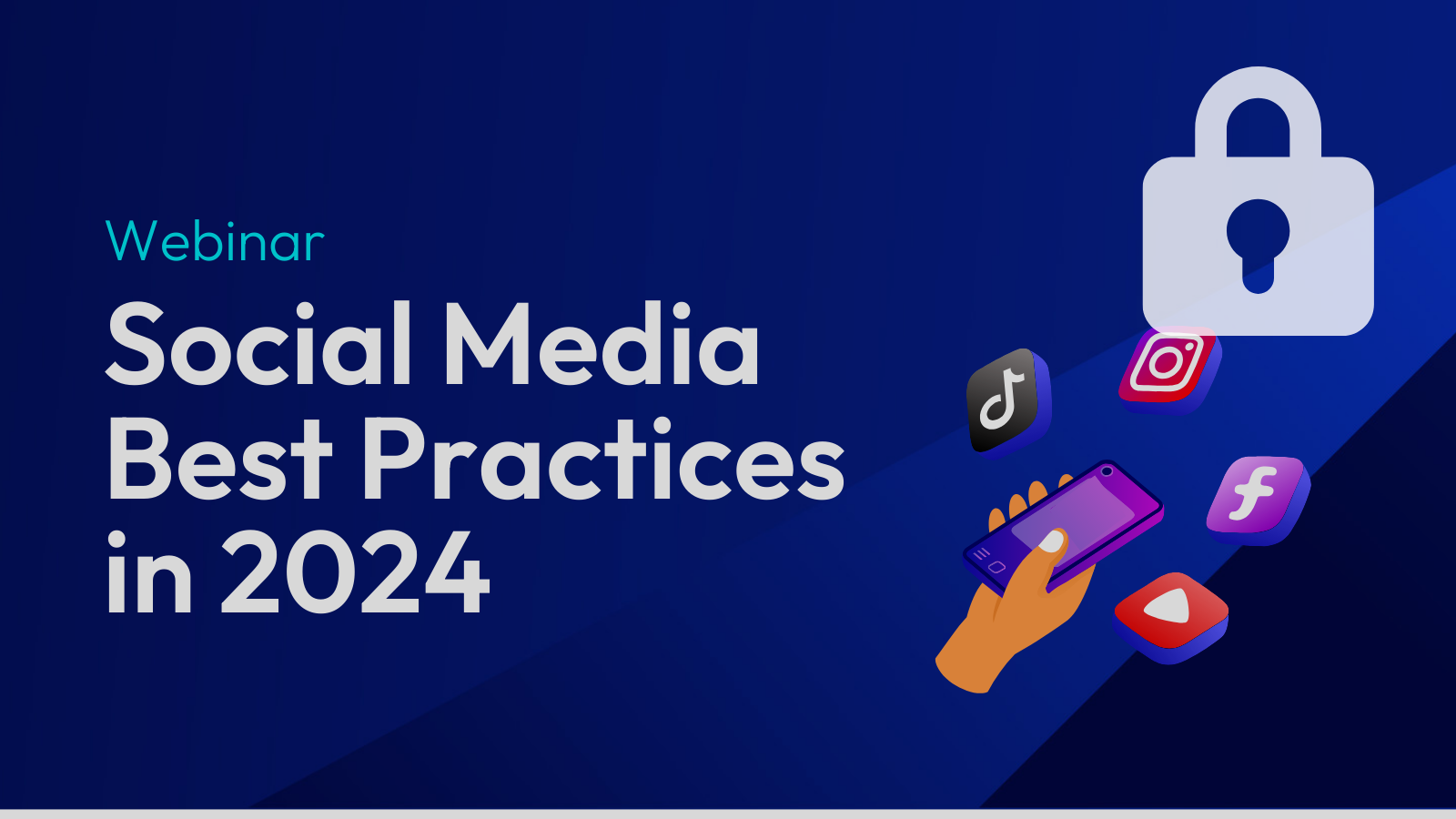How marketing has changed in the last 90 years?


Bronwyn Powell | Chief Executive Officer, Australian Marketing Institute (Est. 1933)
Over the past 90 years, marketing has undergone significant change and massive transformation due to advancements in technology, shifts in consumer behaviour and the way we work in our profession. What follows are my top 10 shifts that have impacted the competencies marketers need to today and the way marketers go about building brands for growth.
1. Traditional to Digital – The Revolution
The advent of the internet and digital technologies has revolutionized marketing. It has opened up new avenues for reaching and engaging with consumers. From digital advertising, social media marketing, email marketing, search engine optimization, and content marketing all of these are part of the marketing communications mix. Whist traditional media such as Out of Home and TV have become even more sophisticated and digitised to target more precisely. The goal is to provide a seamless and consistent brand experience across various channels.
2. Data-Driven Decisions
The availability of data and analytics tools has given the power to marketers to make more informed decisions, so they can own the consumer insights. Marketers can now have vast amounts of data on consumer behaviour. This data-driven approach enables targeted marketing, personalisation, and the ability for marketing/campaign measurement like never before.
3. The Advent of Social Media
Social media platforms like Facebook, Instagram, TikTok, and LinkedIn have transformed how brands interact with their audience. Marketers now have direct and immediate access to consumers, allowing for real-time engagement, influencer marketing, user-generated content, and viral campaigns.
4. Mobile 1st Marketing
The proliferation of smartphones and mobile devices has led to a surge in mobile marketing. Brands can now reach consumers on mobile platforms through mobile apps, mobile-optimized websites, SMS marketing, location-based targeting, and mobile advertising.
5. E-commerce
The rise of e-commerce has transformed the way products and services are marketed and sold. Consumers can now shop online, compare prices, read reviews, and make purchases with convenience. This shift has led to the emergence of digital marketing tactics like search engine optimisation (SEO), pay-per-click (PPC) advertising, and conversion rate optimisation (CRO) to drive online sales.
6. Content Marketing
Content has become a crucial component of marketing communications strategy. Brands now focus on nurturing a customer relationship through creating valuable and relevant content to attract and engage. Content marketing includes blog posts, videos, podcasts, infographics, eBooks, with the aim of building brand awareness, establishing thought leadership, and enduring emotional brand relationships.
6. Personalisation and Sophisticated Targeting
With increased access to consumer data, marketers can deliver personalised experiences tailored to individual interests and behaviour. Personalisation extends beyond just addressing customers by name! It involves delivering relevant content, product recommendations, and tailored marketing messages based on consumer insights so the message is even more relevant and engaging.
7. Influencer Culture
The rise of social media influencers has created new opportunities for collaborating with influencers who have a dedicated following. This allows brands to leverage their reach, credibility, and influence to promote products/services.
8. Shift to Relationship & Experiential Marketing
Marketing has evolved from transactional to relationship-oriented. Building long-term relationships with customers has become a priority. Marketers aim to engage customers at every touchpoint, provide exceptional experiences, and nurture loyalty through loyalty programs and customer relationship management (CRM) systems. Immersive brand experiences with virtual reality (VR) and augmented reality (AR), gamification and interactive content all foster greater brand loyalty.
9. Marketing Automation and AI
Automation and artificial intelligence (AI) have significantly impacted marketing management. Daily tasks such as email marketing, lead nurturing, customer segmentation, and personalised recommendations can now be automated, saving time and enabling marketers to focus on strategy and creativity. AI-powered analytics also provide valuable insights and predictive capabilities to optimise marketing campaigns today and for the future.
10. Purpose-Driven Marketing and Sustainability
There has been a major emphasis on sustainability, corporate social responsibility, and purpose-driven marketing. Consumers expect brands to align with their values, support social causes, and demonstrate environmental responsibility. All brands now are integrating purpose-driven initiatives into their brand values and strategies.
These are just a few of the big ways marketing has evolved in the last 90 years. Our dynamic marketing industry ensures that marketing will continue to evolve and innovate. Relevancy for all marketers will be critical to stay ahead.
So, what about the future? Well onto some of the potential predictions for how the marketing industry may continue to evolve in the coming years:
- Increased Emphasis on Personalisation: As technology advances and consumer expectations evolve, personalisation will likely become even more critical. Marketers will leverage advanced data analytics, artificial intelligence, and machine learning to deliver highly personalised experiences, tailored product recommendations, and targeted messaging across multiple channels.
- Augmented Reality (AR) and Virtual Reality (VR) Integration: AR and VR technologies are likely to play a more significant role in marketing. Brands may incorporate immersive experiences, allowing consumers to interact with products virtually or visualise how they fit into their lives. This could include virtual try-on experiences, 3D product visualizations, or virtual showrooms.
- Voice-Activated Marketing: With the growing popularity of voice-activated devices and virtual assistants like Amazon Alexa, Google Assistant, and Apple Siri, marketers will need to optimize their strategies for voice search and voice-activated interactions. This may involve tailoring content to voice queries, developing voice-based advertising, and exploring partnerships with voice assistant platforms.
- Artificial Intelligence-Powered Automation: Automation will continue to streamline marketing operations. Artificial intelligence (AI) will play a larger role in automating repetitive tasks, data analysis, and campaign optimization. Marketers may rely on AI-powered chatbots for customer service, predictive analytics for advanced targeting, and AI-generated content for efficiency and scalability.
- Integration of Internet of Things (IoT) with Marketing: The proliferation of connected devices and IoT technology will provide marketers with new opportunities to collect data and deliver personalised experiences. Marketers will understand the consumer at a deeper level and provide context-aware messaging, and create seamless omnichannel experiences that bridge the physical and digital realms.
- Ethical and Transparent Marketing: Consumers are increasingly concerned about ethical practices, sustainability, and brand transparency. In the future, marketing must ensure ethical messaging, responsible advertising, and transparent communication. Brands that are authentic and socially responsible will gain the competitive edge.
These predictions provide a glimpse into potential future developments in marketing and a few highlights of the significant changes that have occurred in the marketing landscape over the past 90 years. The rapid advancement of technology and the changing needs and expectations of consumers continue to shape the field, making marketing an ever-evolving professional discipline.





